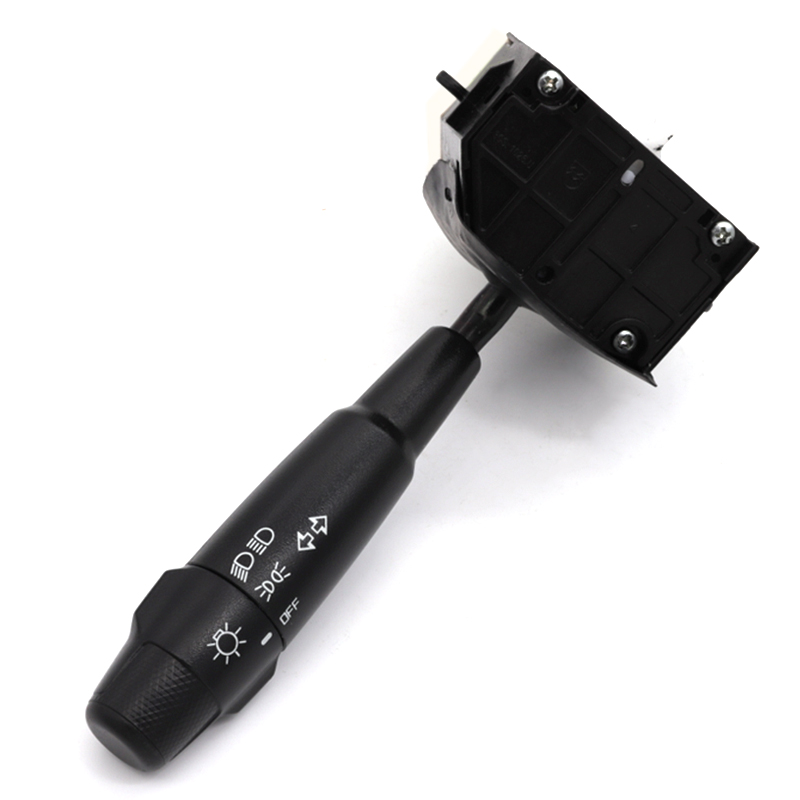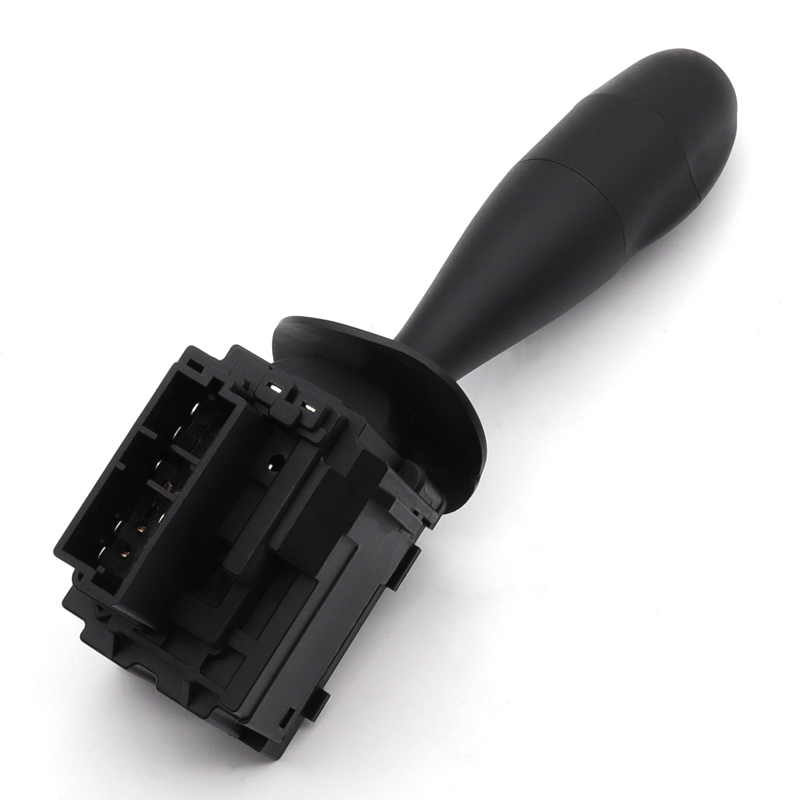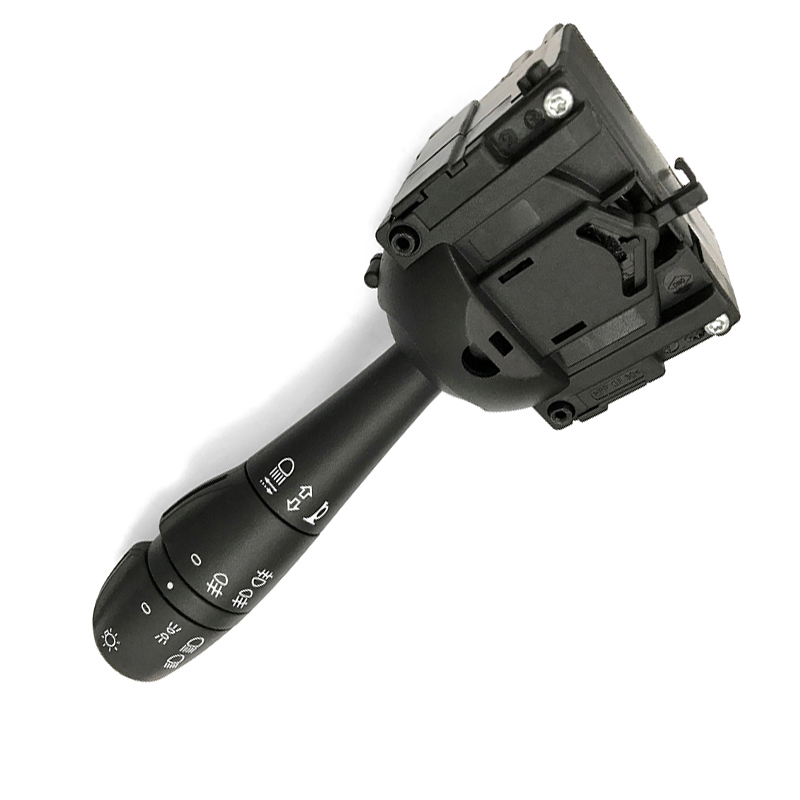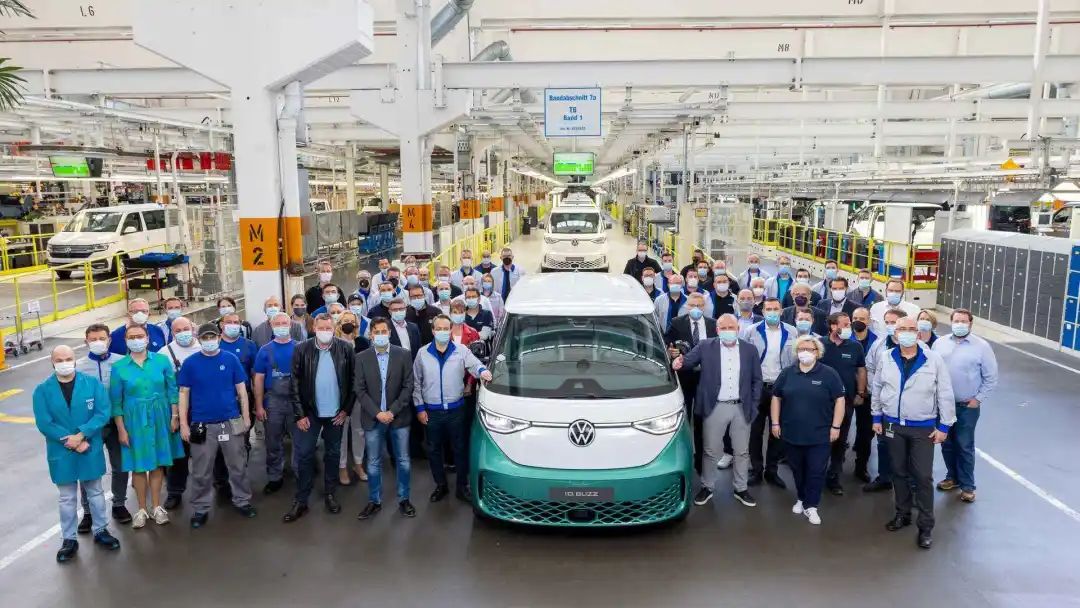Toyota Production Model
I have heard of Toyota's "self-process completion" for a long time, but I don't know much about it, which is really a lack, so today I would like to learn and share this top-down method of employee self-improvement. The following is a discussion of the following.
What is "self-process completion"?
Definition
Literally, "process completion" includes two focuses: one is "self", which means to do and complete by oneself; the other is "process completion", which means to do and complete the process. The other is "process completion", that is, the process of the things done, done, including all the communication, determination and implementation of the process. In general, it means that we should control the process of our own process and be responsible for the results of our own process.
Development history
I. The Confusion of Sampling Statistics
In 1959, when Toyota introduced TQC, Neiichi Ohno came up with the concept that the longer the process takes from the occurrence of a problem to its discovery, the lower the chance of finding the "tap" and the "true cause" of the problem. For example, after making 200 products, 100 minutes, sampling 5 to send to the inspection, 15 minutes, 30 minutes after the completion of the inspection, information feedback back to the site, another 15 minutes, so the problem from the occurrence to the discovery of the distance of 160 minutes. Wait until you find a problem, to come back to check the reason, which is likely to be 160 minutes before what happened, so you can not find the reason, because the state has been destroyed, the conditions have been lost.
Second, the improvement of the field of inspection tools
Ono Neiichi's first improvement of the site in 1960 was to use the first inspection, to do one out of the inspection, not waiting to do 100 before sampling, he gave this order. After making one, he inspected it, and the problem was that it had to be sent to the quality assurance department for inspection and then sent back. That's why one of the improvement proposals in '61 proposed to make the measurement equipment on-site and move it to the site. Do one on site inspection, eliminating the process of sending it over and sending it back, 15 minutes + 15 minutes, it becomes the occurrence to find the inspection out, 30 minutes.
Third, the rapid inspection tool and the improvement of rapid inspection
By 1962, a worker put forward an improvement proposal and a pinch test appeared in Toyota. That worker put two vernier calipers together, he said, I do not want to read "18.265" that number, I just want to know pass or fail, so two vernier calipers put together, one adjust the upper limit and one adjust the lower limit, no need to read no comparison, a card will immediately be able to know pass or fail. This is called a clip test.
In Toyota's improvement yearbook in 1962, most of the improvements on the shop floor are in doing quick inspection of quick inspection tools. During this period, Toyota was able to complete a test every time a product was made, so it was possible to find out if y was wrong within one beat. However, when it comes to checking which x has deviated, there are difficulties again.
IV. Quick correction of deviation
In 1963, Toyota made the first improvement case of "visualizing the deviation of X" by drawing a line on the screw after it was tightened. This seemingly simple case entered the Toyota "Improvement Hall of Fame". When Toyota started to visualize all control parameters, more than 30% of the improvement yearbook was devoted to visualization of control systems.
That's why in '64 they were able to "detect a problem with y in one beat, find a problem with x in one beat, and correct x and return y to normal in one beat". So 64 years to achieve a beat control, Toyota is called rapid correction of deviation.
V. Quick correction to the "three no's" principle
When we won the Deming Prize in '64, many journalists asked why you did this. Ono Naiichi could not say clearly, so he said our purpose is to ensure the three no's. We at Toyota require every position to do the three no's. After the newspaper published the report, all the employees were asked to do the three no's. After it was published in the newspaper, all Japanese companies are developing a three-no policy, which has become a management requirement.
This is called "rigid application of results". He did not pay attention to the fact that Toyota completed the above improvement process from '59 to '64, and then completed the corrective cycle within one beat. With the corrective action cycle, each workstation can achieve the "three no's", which are the results and cannot be required as a system. You can not copy the results of others, you have to go through this improvement process, Toyota took five years to achieve the "three no's".
Sixth, from clearing the "can't stop" to the end of the independent sequence
In 1965, Toyota appeared a word, many of his improvement reports are proposed on the "can not stop". When the production task is finished, you can't leave immediately because you have to clean up the site. Today, 118 cars were produced, but 120 parts were delivered, which is exactly one box. There were 2 left, so they had to be counted, filled out, and returned to storage. So in '66 an improvement proposal affected the whole Toyota, asking for accurate supply: as many units as produced today were sent out, and there were 2 less operations.
In '67, there was another improvement proposal, and it still changed the "can't stop", why can't the production end and fill in the production records again. So we proposed that the production records should be filled out by hand and then filled out all the way through production. Clean up the site, clean up the plastic bags, packaging boxes, so 67 years to put forward a proposal for improvement, all the parts into the workshop are naked, no package material. In the past, we had to close 20 minutes early to clean up the "lust". Now there is no need to stop and the work can be finished perfectly, which is called "self-process completion".
From "quick correction" to "three no's" and "clearing up the desire to stop", this is called self-process completion. This was changed from '59 to '68 when Toyota introduced the term "self-process completion".
-2.
What is the purpose of "self-process completion"?
This is my own understanding, for your reference!
1. The foundation of quality management
As we all know, the core of TQM is the participation of all employees, and the core of "self-process completion" is the responsibility for the quality of the process itself, which forms a very good complement of macro and micro. There is no better management than employees managing themselves, judging good and bad by themselves, and controlling the process by themselves, which is a good combination of proactive work to realize the company's interests and personal values, and a solid foundation for quality management.
This point I have also recently felt, in my coaching projects, without exception, will focus on training managers, front-line staff to participate in the initiative to solve the problem and the ability, because all the improvements are made by the staff, the teacher is more in the clarification of ideas, find a good way to train people.
2. The core is the "three no's" principle
According to statistics, human quality problems account for more than 75% of quality problems, so the solution to human quality problems, the basic solution to the vast majority of quality problems, and the core of solving quality problems is to do "three no" principle, that is, do not accept, do not manufacture, do not flow bad.
Of course, it is easy to say, not easy to do, employees to do the "three no's", must need a clear determination criteria, inspection methods and operational steps, but also need effective site management to ensure that the implementation of the link does not compromise, but also need continuous guidance, supervision, assessment so that we form a habit.
3. The essence is to improve the quality of education
As mentioned earlier, the main purpose of the self-process completion is to achieve "self", that is, to complete on their own initiative, which is essentially the improvement of literacy, the same as the ultimate purpose of 5S.
It is obviously very difficult to improve the willingness and ability of front-line employees to complete their work effectively and to make continuous improvement on their own initiative, which is even the biggest obstacle to the implementation of Lean (based on the quality of front-line employees).
By first controlling the parameters and change points of the process, and then bringing the employees along with them to make improvements, so that they can see the good changes in the process, and then they will gradually have the will and ability to do it themselves.
This is the essence of "self-process completion", which is one of the keys to the implementation of Toyota's lean thinking, which really brings lean to the grassroots, to the front line, and to the front-line employees.






